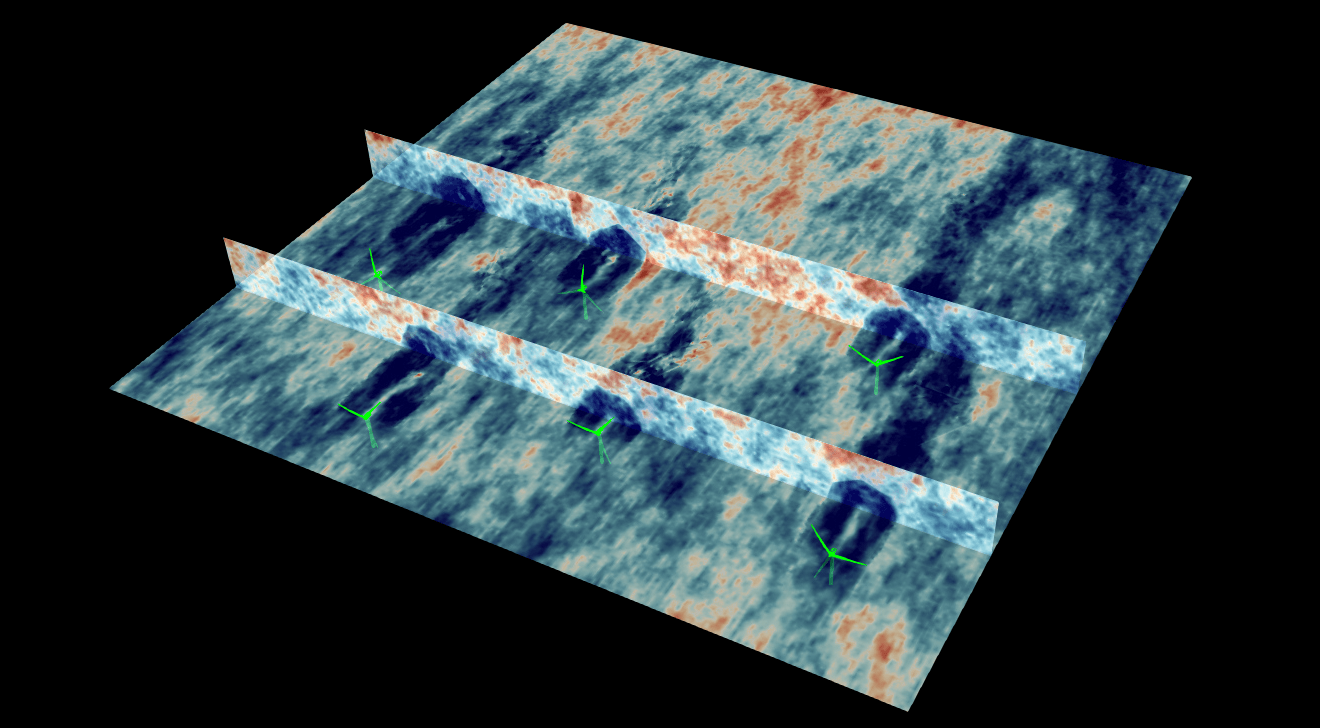Forum
Himmelskamp effect
Quote from selvarajooSR on 21. November 2022, 14:47Hi Dr. Marten,
I’m performing a small investigation on the Himmelskamp effect on a Darrieus rotor at low TSR. I have some questions regarding the QBlade documentation
1. Is the term of the partial derivative of Cl with respect to the partial derivative of alpha equivalent to:
(Lift coeff at current timestep – lift coeff at prior timestep) / (AoA at current timestep – AoA at prior timestep)
2. I’m unsure what is mean by α0 in the documentation. Is it the AoA at theta = 0 degrees?
In literature, the Himmelskamp effect is under the umbrella of ‘secondary effects’ (giving the impression that it’s small), and it seems it’s qualitatively more important at high TSR. However, I’d like to have some quantitative results to this by recalculating it separately
Hi Dr. Marten,
I’m performing a small investigation on the Himmelskamp effect on a Darrieus rotor at low TSR. I have some questions regarding the QBlade documentation
1. Is the term of the partial derivative of Cl with respect to the partial derivative of alpha equivalent to:
(Lift coeff at current timestep – lift coeff at prior timestep) / (AoA at current timestep – AoA at prior timestep)
2. I’m unsure what is mean by α0 in the documentation. Is it the AoA at theta = 0 degrees?
In literature, the Himmelskamp effect is under the umbrella of ‘secondary effects’ (giving the impression that it’s small), and it seems it’s qualitatively more important at high TSR. However, I’d like to have some quantitative results to this by recalculating it separately
Quote from David on 21. November 2022, 15:35Hello,
I would say that generally the Himmelskamp effect is not easily transferable to a VAWT.
The maximum lift coefficient of profiles on a rotating rotor blade is significantly higher than the maximum lift coefficient of the same profile measured on a stationary blade. The centrifugal force accelerates the boundary layer radially. This results in a thinner boundary layer in which stall is delayed.
From this explanation you can see that the Himmelskamp effect is quite specific for the kinematics of a HAWT geometry, as the centrifugal forces act along the extension of the blades – this is quite different for VAWT, and to my knowledge no comparable “model” for VAWT’s exists.
Otherwise, regarding the parameters: d_Cl/d_alpha is the linear slope of the polar, whereas alpha_zero is the angle of attack at which Cl is equal to zero.
BR,
David
Hello,
I would say that generally the Himmelskamp effect is not easily transferable to a VAWT.
The maximum lift coefficient of profiles on a rotating rotor blade is significantly higher than the maximum lift coefficient of the same profile measured on a stationary blade. The centrifugal force accelerates the boundary layer radially. This results in a thinner boundary layer in which stall is delayed.
From this explanation you can see that the Himmelskamp effect is quite specific for the kinematics of a HAWT geometry, as the centrifugal forces act along the extension of the blades – this is quite different for VAWT, and to my knowledge no comparable “model” for VAWT’s exists.
Otherwise, regarding the parameters: d_Cl/d_alpha is the linear slope of the polar, whereas alpha_zero is the angle of attack at which Cl is equal to zero.
BR,
David


